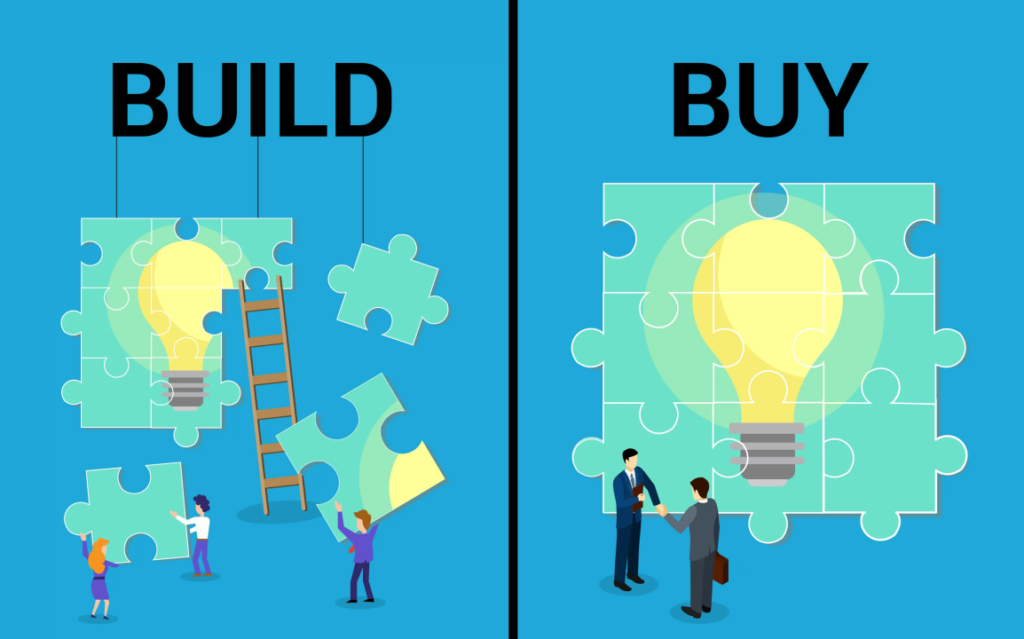Most financial institutions still think in terms of delivering payments products to their customers. However, according to BCG, customers are not looking for products – they are looking for experiences. So instead of asking product-based questions like “How can I sell more payments products?”, institutions should explore experience-based questions like “How can I help my customers finance their businesses in real-time?”
Changing how we think about a problem is not easy. Design Thinking can help: it is defined as a human centered problem-solving approach to developing new products, services, and processes. Design Thinking is an iterative five-step process: Empathize, Define, Ideate, Prototype and Test, that focusses on understanding customer need, idea generation, implementation, and prototyping.
As per the HBR article ‘Why Design Thinking Works,’ “at every phase—customer discovery, idea generation, and testing—a clear structure makes people more comfortable trying new things, and processes increase collaboration. Because it combines practical tools and human insight, design thinking is a social technology—one that the author predicts will have an impact as large as an earlier social technology, total quality management.”
Adobe notes that “companies that put design at the very core of their brand are design-led. They weave design principles into everything they do—from research and strategy to creating content. They think beyond transactions and focus on beautiful experiences that build lasting and meaningful relationships with customers”.
Research from McKinsey (see their recent report, ‘The Business Value of Design’) shows that there is enormous potential for design-driven growth in both product and service-based industries. Nevertheless, despite the strong correlation between design and greater shareholder value, 40% of companies are still not talking to end users during product development.
While Design Thinking has been applied across many industries, it is still at a nascent stage in the banking and financial services sector. However, this is now changing. Banks are continuously speaking to their customers (Empathize), gathering data to understand their needs and problems, then feeding this data back to their technology and design team to build innovative user-friendly products and services (Prototype and Test). Banks are using the resources across multiple departments to define the problem and to generate ideas to solve those problems (Ideate).
The basic crux of design thinking is to fail fast and keep the feedback open to continuously improve and innovate production. It is encouraging to see many financial institutions and regulatory bodies organizing global hackathons to generate ideas and build prototypes, setting up sandboxes to test the innovations, and making changes based upon the feedback received.
Design thinking has already played in important role in building data driven products and services inside the payment landscape, including real time payments (domestic and cross border), blockchain, digital currencies, Buy Now Pay Later (BNPL), and contactless payments. The industry is facing disruptions from fintechs, and they are utilizing Design Thinking as a tool to evolve their business models to turn these challenges into opportunities. The concept has been used worldwide to deliver not just a product but an experience (Hungarian Banking Industry, National Australian Bank, Deutsche Bank and Singapore Banks).
With 75% of our employees in R&D, Design Thinking is very much a core part of Volante’s approach. We also make it possible for our customers to incorporate Design Thinking into their own roadmaps. A good example is our API platform, where we allow financial institutions and partners to explore our accounts, payments and open data APIs.
We believe that by incorporating Design Thinking into our own services, and making the building blocks available to the financial services community in the form of ready-to-use low-code components and APIs, we can accelerate the shift from products to customer experiences. Ultimately, this means a better world for consumers and businesses everywhere, no matter where they bank.







